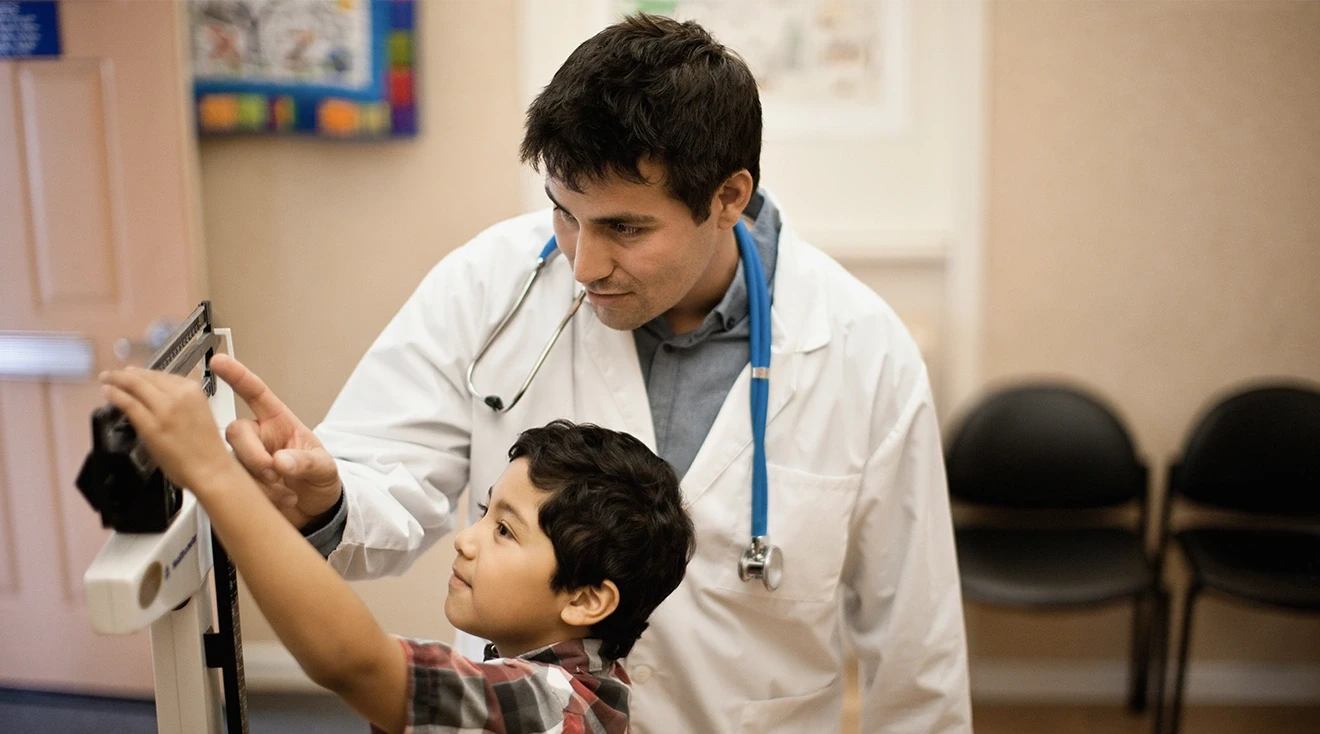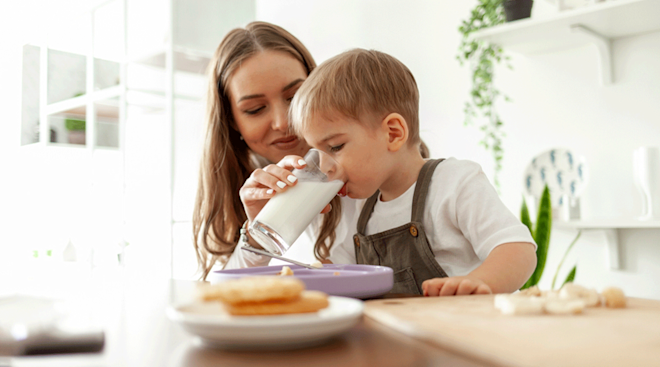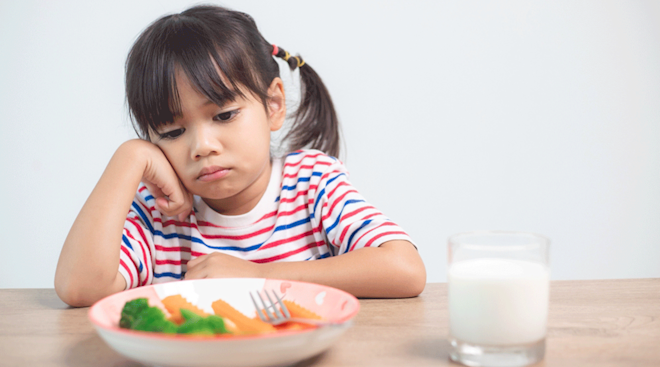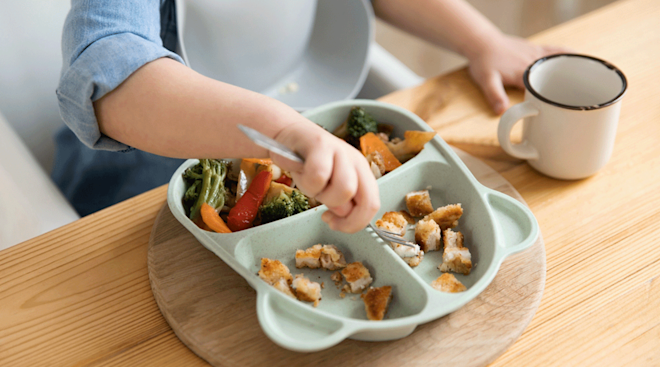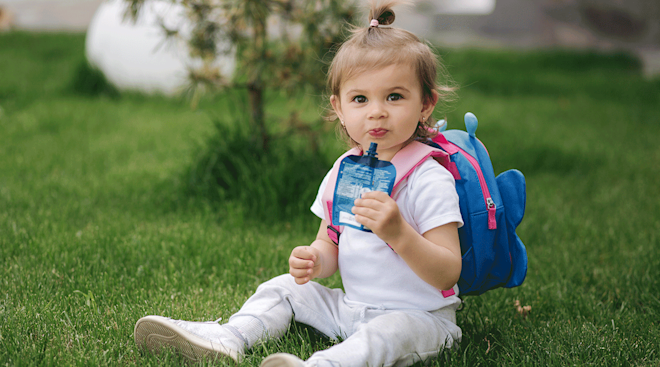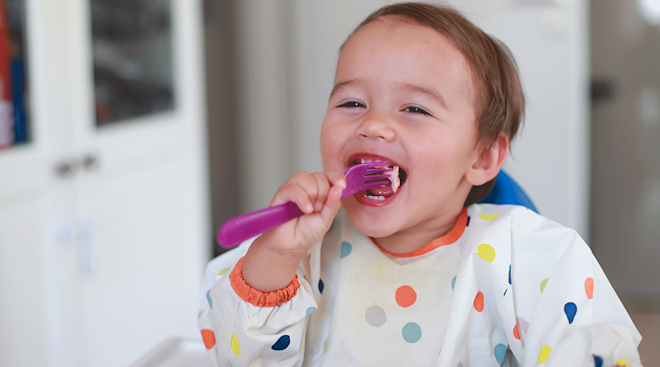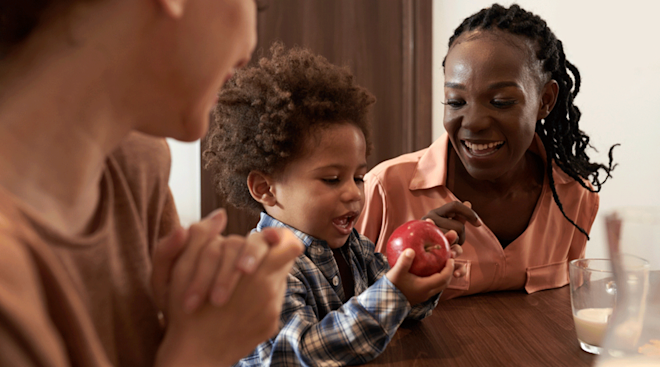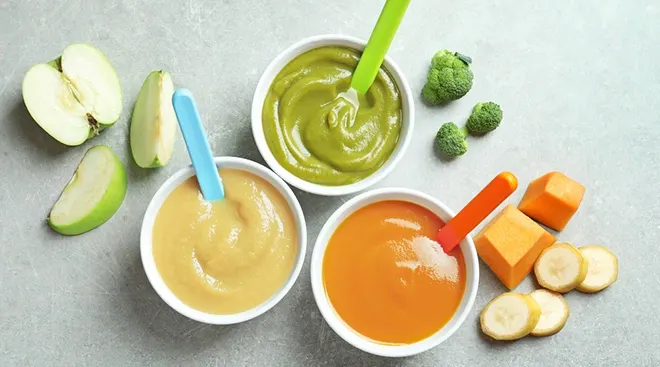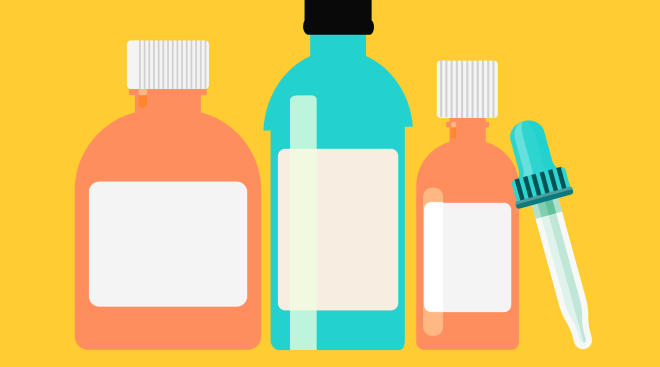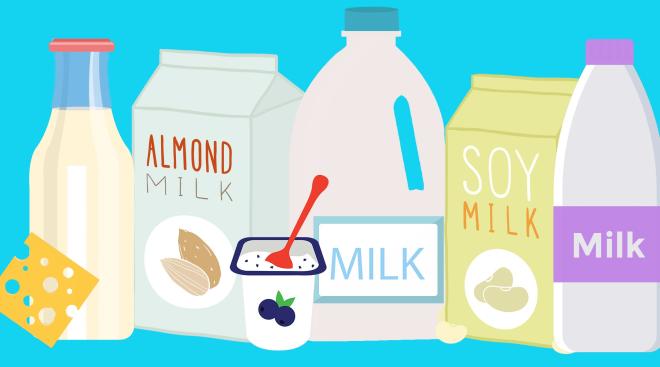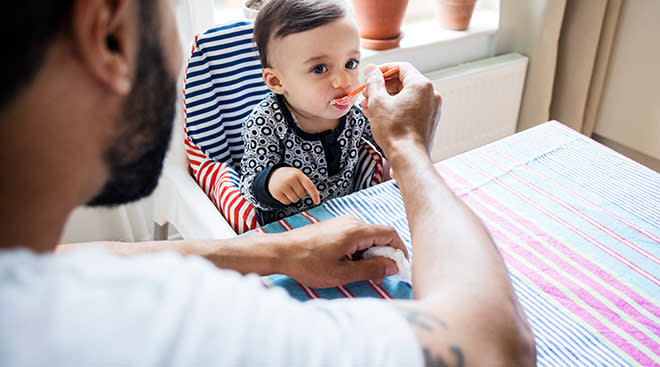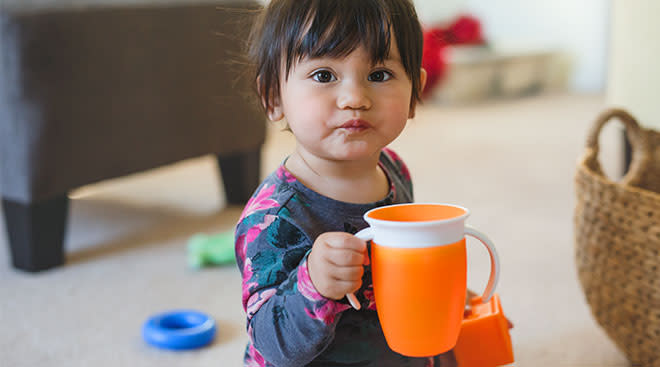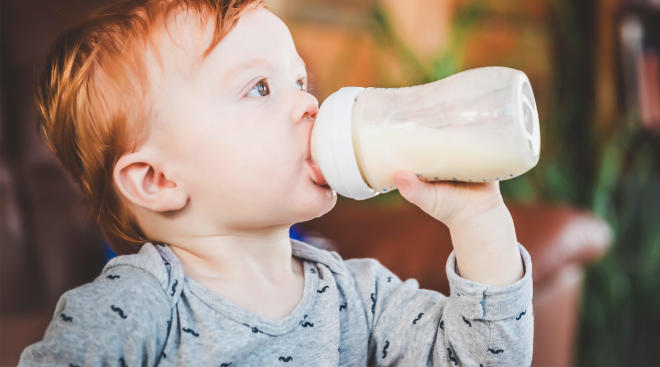AAP Issues First Update to Childhood Obesity Guidelines in 15 Years
According to The Centers for Disease Control (CDC), 14.4 million children across the US live with obesity. Obesity can lead to not only serious short-and long-term health consequences, but children with obesity often face harsh, unfair stigma from family, friends and even the doctors who treat them.
In an effort to provide a standard for better care for these children, the American Academy of Pediatrics (AAP) recently updated its Childhood Obesity Guidelines for the first time in 15 years. The guidelines—which provide guidance for the treatment of children as young as 2 and through their teen years—have been amended to encourage earlier, more aggressive interventions and ask doctors to focus on the “whole child” approach.
The “whole child” approach represents a perspective shift in how doctors look at obesity. Rather than placing blame on the child or pointing to one cause, the “whole child” approach fosters a supportive atmosphere that tries to give kids and their parents the tools they need to succeed. It also acknowledges that obesity is complex and for many kids, the cause is often tied to factors beyond their sole control like a lack of nutritious food or a safe place to get outside.
Overall the change in guidelines shows a departure from the idea of “watchful waiting” in favor of early intervention. “There is no evidence that ‘watchful waiting’ or delayed treatment is appropriate for children with obesity,” said Sandra Hassink, MD, an author of the guideline in a press release.
Instead, the new AAP guidelines contain several new evidence-based recommendations for evaluating and treating children with obesity-related health concerns. These recommendations include everything from intensive health behavior and lifestyle treatment (IHBLT) to weight loss drugs and surgery.
The guidelines emphasize lifestyle changes to be the most effective for younger children. “The goal is to help patients make changes in lifestyle, behaviors or environment in a way that is sustainable and involves families in decision-making at every step of the way,” she wrote.
But many, including the AAP, are aware of how difficult it can be to provide the structure for major lifestyle changes in a family. “Research tells us that we need to take a close look at families—where they live, their access to nutritious food, health care and opportunities for physical activity—as well as other factors that are associated with health, quality-of-life outcomes and risks. Our kids need the medical support, understanding and resources we can provide within a treatment plan that involves the whole family,” said Sarah Hampl, MD, a lead author of the guideline.
Beyond lifestyle treatments, the new guidelines recommend doctors consider weight loss drugs for teens older than 12 and evaluate teens older than 13 with severe obesity for surgery. While some embrace these treatments as another way for teens to take control of their health, various health organizations and parents are weary of more aggressive options like weight loss drugs and surgery—and their effects on children’s body image and mental health.
While childhood obesity is a complex topic that will continue to evolve, the AAP hopes these guideline changes will provide a step forward toward better, more supportive care for kids who need it.
“The medical costs of obesity on children, families and our society as a whole are well-documented and require urgent action,” Hampl writes. “This is a complex issue, but there are multiple ways we can take steps to intervene now and help children and teens build the foundation for a long, healthy life.”
Please note: The Bump and the materials and information it contains are not intended to, and do not constitute, medical or other health advice or diagnosis and should not be used as such. You should always consult with a qualified physician or health professional about your specific circumstances.
Navigate forward to interact with the calendar and select a date. Press the question mark key to get the keyboard shortcuts for changing dates.

































